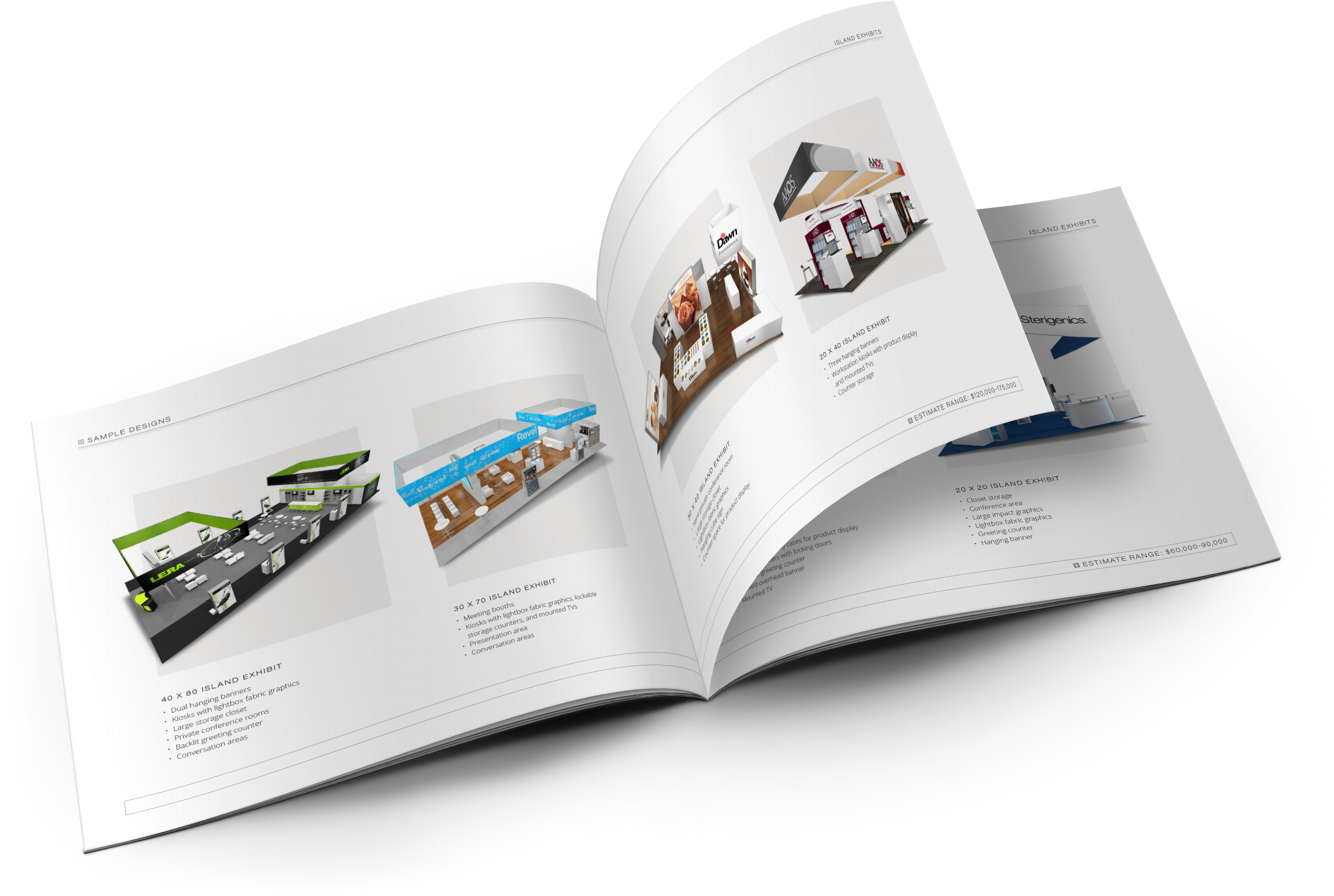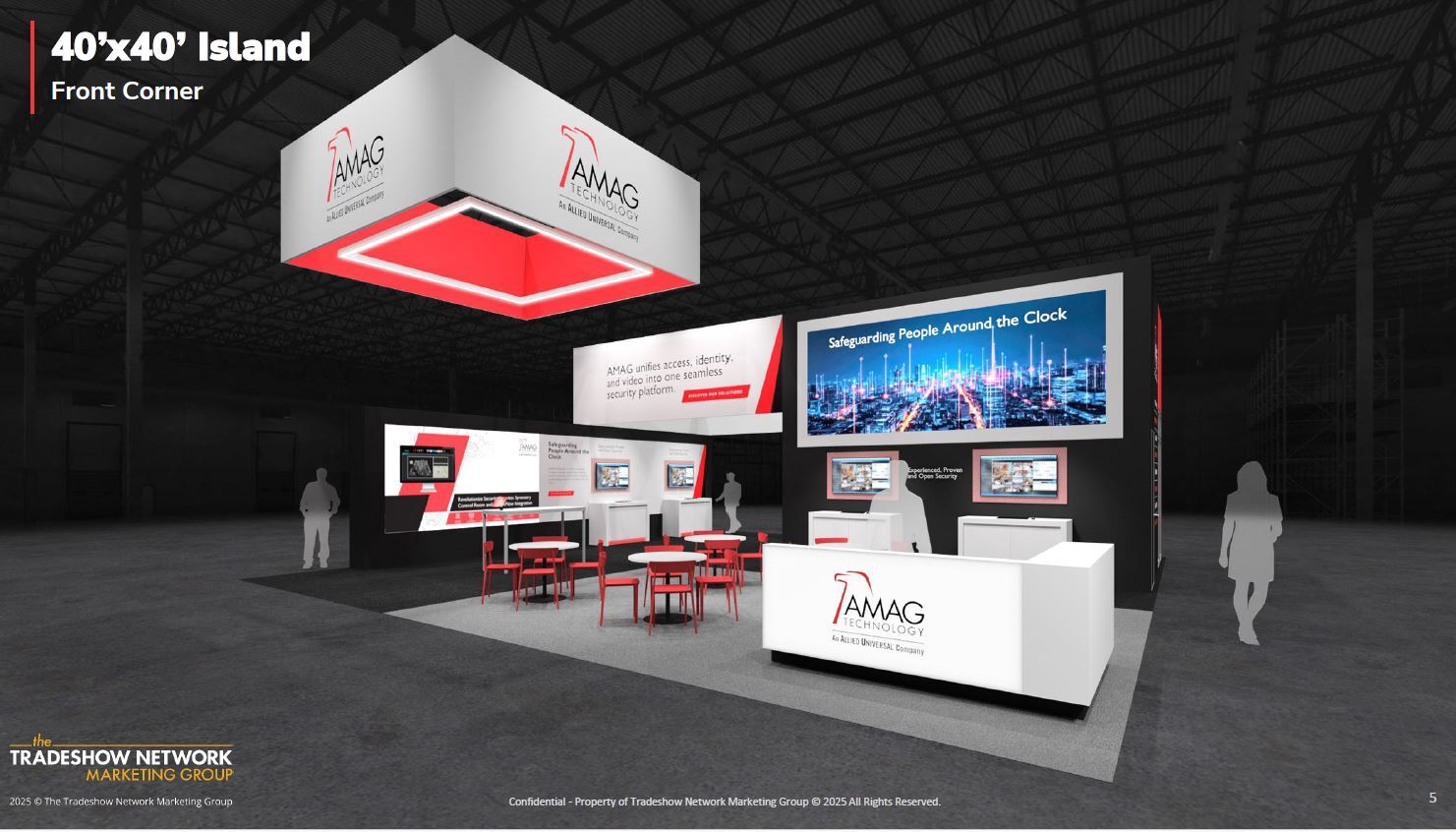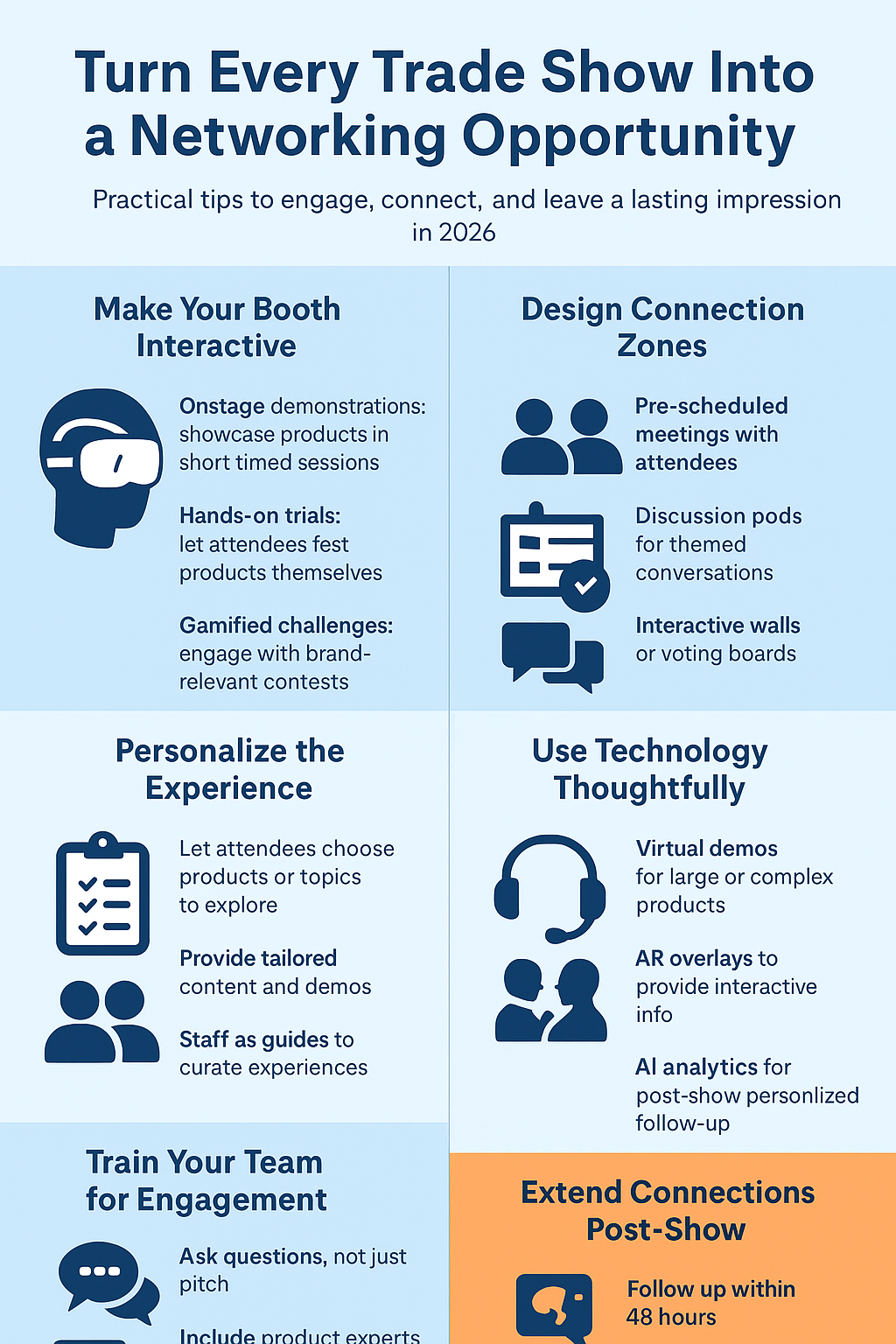Collaboration is about building shared understandings, relationships, and trust.
Innovation is about getting creative ideas out of people’s brains, exploring the ways they fit together, and collectively engaging in learning processes to refine and realize them. These require both trust and time together in non-stressed environments.
Acculturation is about creating a robust, shared company culture. This is an essential element of long-term organizational effectiveness as it builds mutual understanding and a sense of shared identity.
Dedication is about having a shared sense of purpose and feeling part of a community.
What fosters collaboration, innovation, acculturation, and dedication beyond placing people in the same place at the same time? We believe the answer is to design an immersive experience that incorporate five “design drivers.”
Purposeful focus. Face-to-face experiences inherently have the potential to generate and sustain focus. When we are physically together, it is more difficult to give in to all kinds of distractions. Group dynamics operate much more effectively to reinforce focus in face-to-face interaction: It is easier for our colleagues to keep us focused and we all keep each other on task.
Let’s imagine your organization is designing a development program to accelerate the integration of an acquisition. To achieve purposeful focus, the organization would bring the key players from the acquiring and acquired companies together in an offsite environment removed from the office (and especially from the corporate headquarters) where they can focus without distraction and without the feeling of being on someone else’s “turf.”
Interpersonal bonding. This is particularly important in creating safe environments for collaboration and innovation. Bonding refers to the creation of emotional connections that lead to trust, support, and openness among participants.
In the acquisition example, the organization could encourage the key players to exchange personal histories and life experiences, in small groups potentially supported by coaches, and to more informally get to know each other.
Deep learning. Conceptual learning means gaining an understanding of ideas, such as empowerment or return on equity. Deep learning means wrestling with those concepts, debating when and how they are useful, and understanding how subtle differences in context influence their application.
Deep learning happens when participants have the time, space, and support to explore the meaning of these concepts for their particular situations and challenges. By “exploration” we mean both the opportunity to honestly share where they are in any specific area and the opportunity to get both feedback — and be challenged — from colleagues in their group. Deep learning then truly makes the concepts come alive in both relevant and context-specific ways.
In the acquisition example, the organization could explore and deepen the understanding of the key benefits the acquisition is supposed to bring in the context of the combined companies.
Unencumbered experimentation. Experimentation in business is often impeded by concerns over turf, resources, advancement, credit, and so on. Immersive face-to-face experiences are necessary to foster the development of personal trust and bonds that allow for experimentation unencumbered by these concerns. The experimentation is done through design thinking and prototyping minimally viable products under strong time pressure and with rounds of quick feedback.
Back to our acquisition example, once a common understanding has been reached, possible scenarios can be created and prototypes of integration plans created.
Structured serendipity. Serendipity, our fifth and final design driver, refers to the effect of stumbling onto something truly wonderful while looking for something entirely unrelated. A well-designed immersive experience consists of a balance of formal and informal elements that create fertile ground for such a moment. This structuring can include elements such as the selection of a diverse set of participants, the pedagogical variety of the program, the opportunities to connect with different colleagues, the choice of locations that foster formal and informal connections, and the spaces that are conducive to reflection and sharing.
The organization trying to speed up an acquisition might try to build in unstructured time, be it dinners, walks, or shared recreational activities. You do this to encourage informal exchanges as they often lead to important creative insights, while at the same time deepening interpersonal connections.
As your organization starts to decide when and how to leverage face-to-face experiences, these concepts may be helpful in determining whether you are in need of the right mix of collaboration, innovation, acculturation, and dedication. Once you are clear on the mix, you can start designing the face-to-face elements that will be of highest value to your team.
Excellent blended management development experiences are essential foundations for both short- and long-term business success. The challenge going forward is to understand the enduring value of focused, face-to-face experiences and then leverage virtual ones to augment and extend them. While that blended future is still quite distant, companies will need to start considering what warrants face-to-face interaction and how to make the most of those precious opportunities.
Guest Blogger: Robert Hooijberg is a professor of organizational behavior at IMD. Michael D. Watkins is a professor of leadership and organizational change at IMD, a cofounder of Genesis Advisers, and the author of The Six Disciplines of Strategic Thinking. https://hbr.org/2021/01/when-do-we-really-need-face-to-face-interactions






